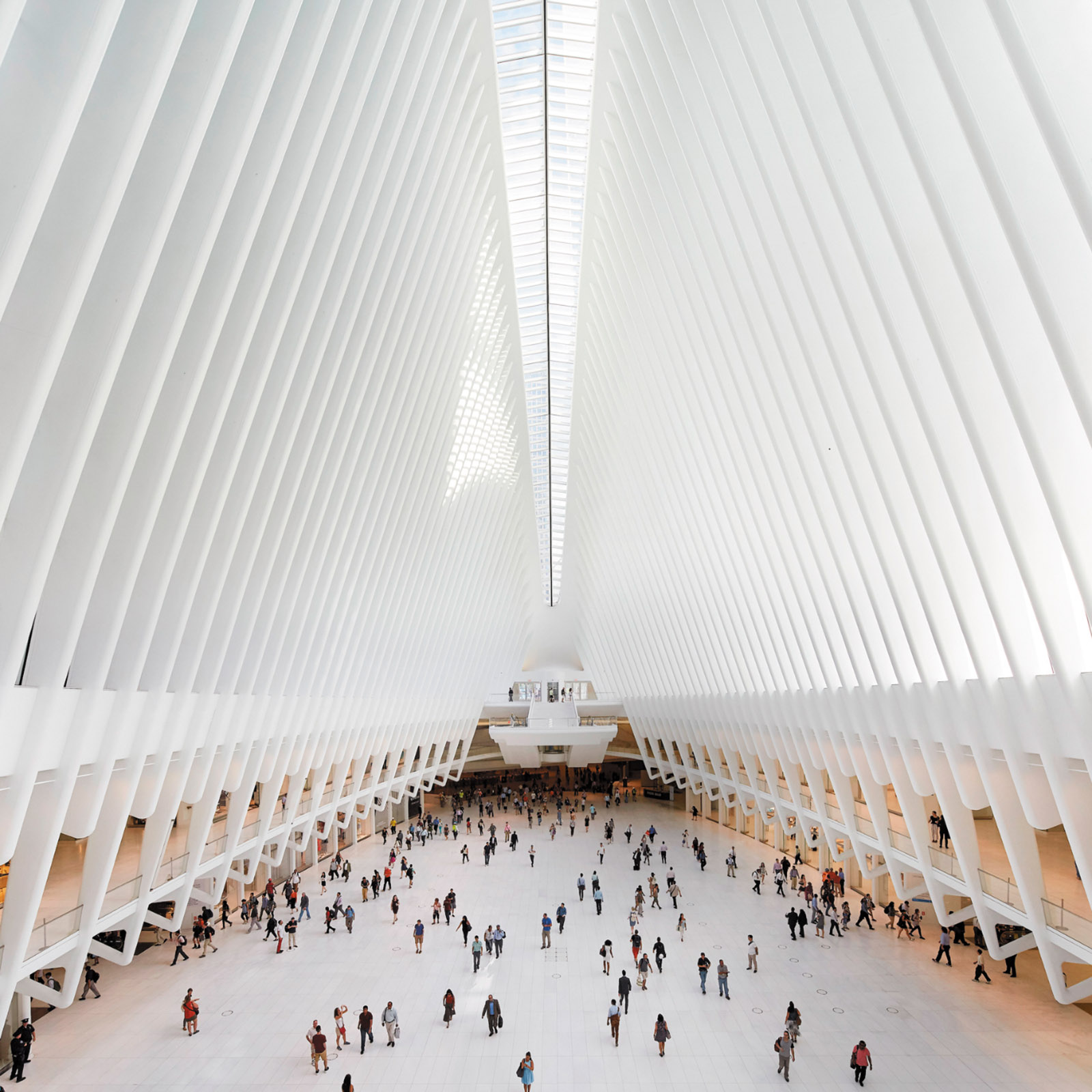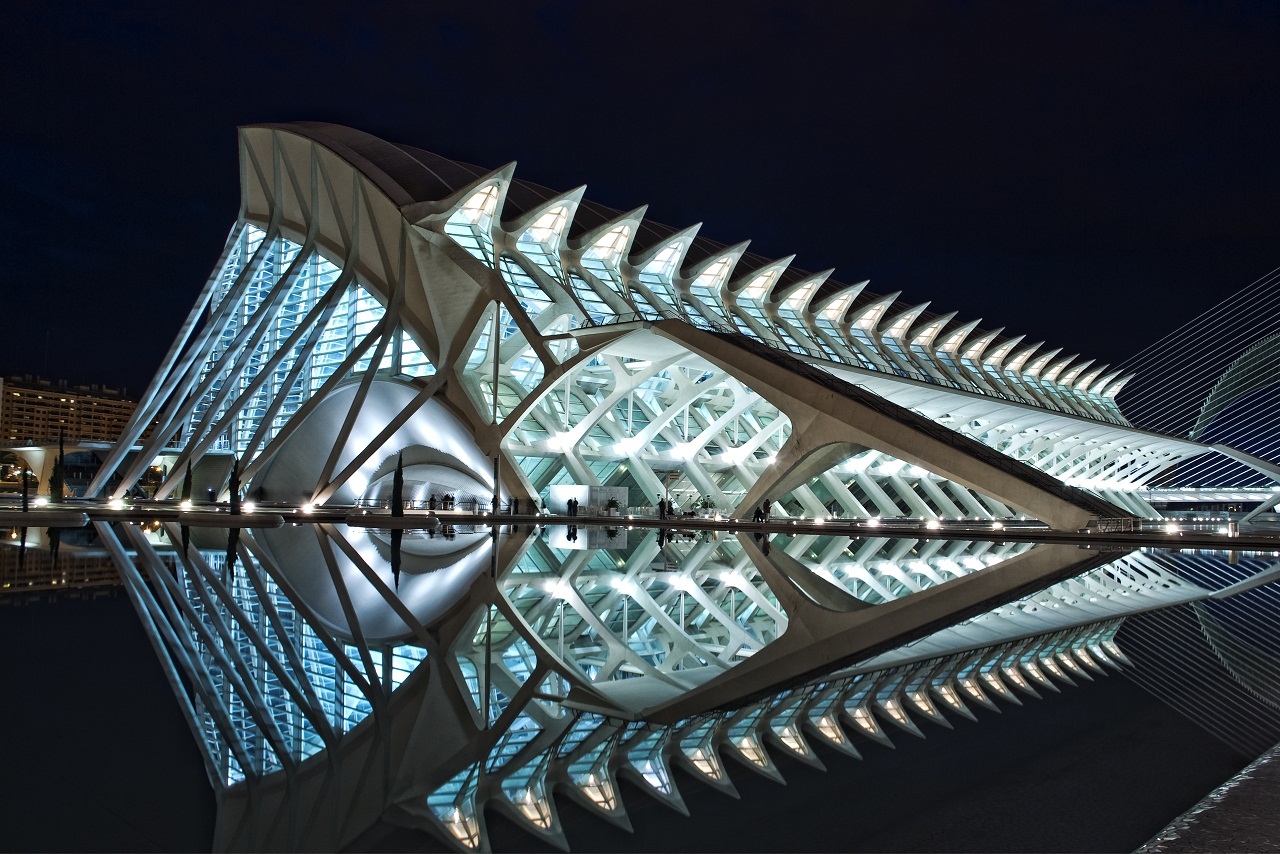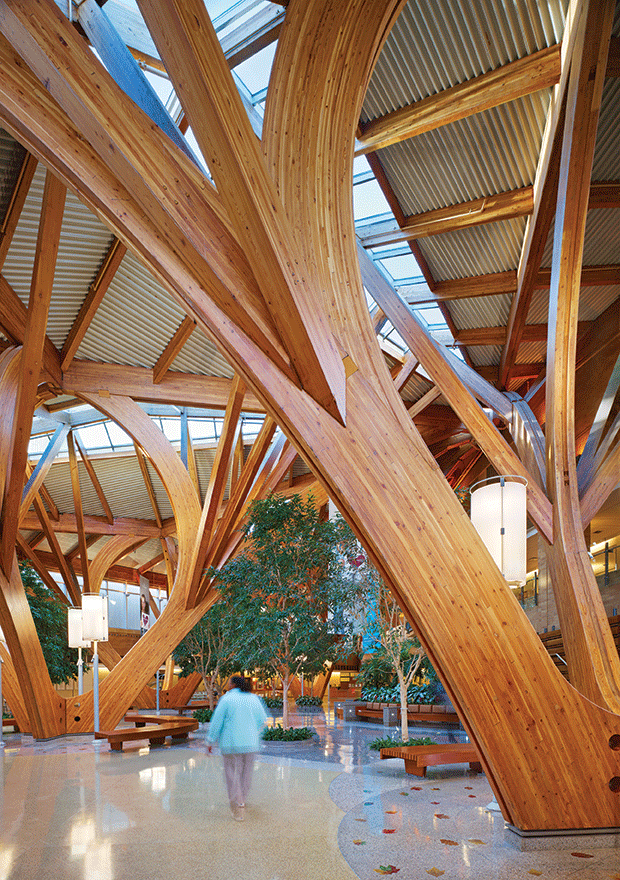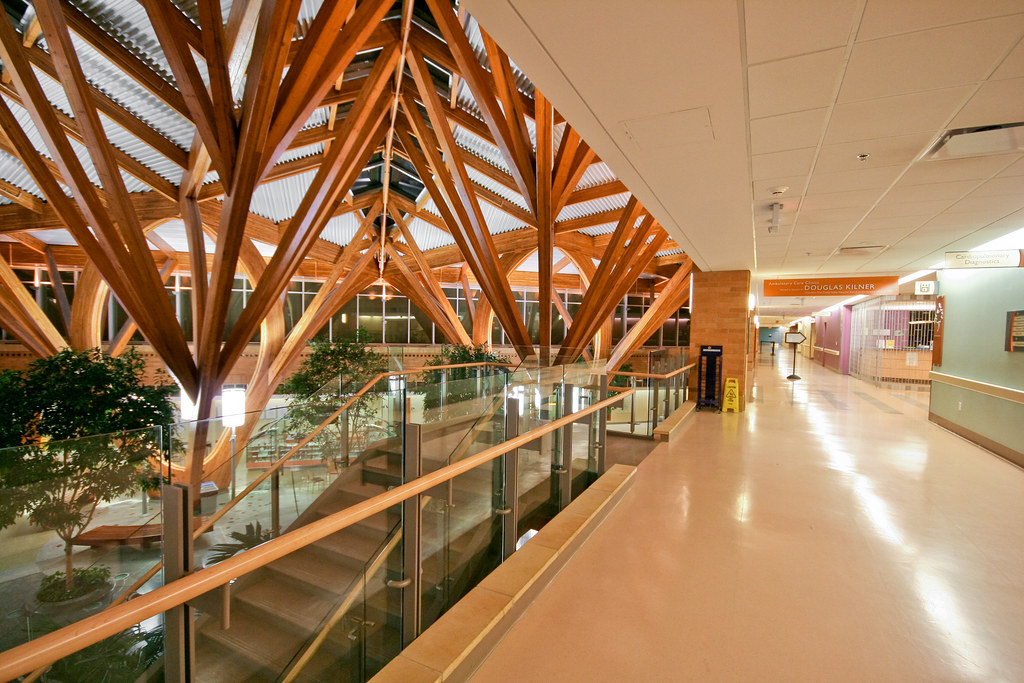- 22 Dec 2017 02:53
#14873417
It's still a university building for e.g history and archaeology. It became too small for the number of economics and business students, so they were moved in the 80s to another building which was as ugly as the new one above to which they moved again a few years ago.
In Innsbruck they built a similar monstrosity right next to the old university in the late 70s/early 80s. You can see it in the background to the right of the old building.

And here it is in all its glory.

ness31 wrote:The old campus was much nicerSo what happened to the old building? I’m sure it’s still in existence but isn’t used as a university anymore?
Some of these old buildings can be quite run down and their up-keep expensive so it just makes sense to build a new one.
I suppose it isn’t right to copy the old style, but to stray so far from it isn’t logical either. There’s leaps and bounds and then there’s just, well, whatever the opposite to continuity is
It's still a university building for e.g history and archaeology. It became too small for the number of economics and business students, so they were moved in the 80s to another building which was as ugly as the new one above to which they moved again a few years ago.
In Innsbruck they built a similar monstrosity right next to the old university in the late 70s/early 80s. You can see it in the background to the right of the old building.

And here it is in all its glory.

"Science is the belief in the ignorance of experts"
Richard Feynman
Richard Feynman








 :
:














 - By Pants-of-dog
- By Pants-of-dog